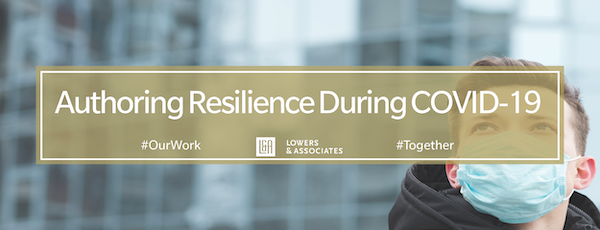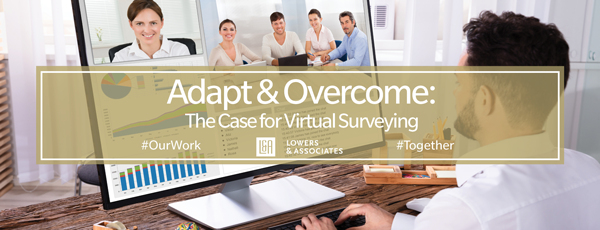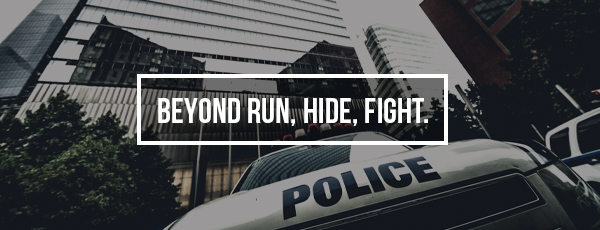RIMS 2023: Embracing Technology, Addressing Market Challenges, and Revamping Risk Management Strategies

The RIMS Conference 2023, one of the most anticipated events in the risk management industry, brought together professionals from around the world. This year’s conference witnessed a strong return of attendees, fostering insightful conversations on the influence of technology and AI, the hardening market in some sectors, promising lead generation, and the topic of reevaluating values at risk. As risk managers grapple with the complexities of today’s economy, the conference shed light on innovative approaches to asset valuation, business interruption coverage, and risk assessment. In this blog, we will delve into five key takeaways from RIMS 2023.
1. Attendance at RIMS was Back Full Force
The RIMS Conference 2023 saw a remarkable resurgence in attendance, with professionals from diverse industries coming together to exchange knowledge and best practices. The strong turnout highlighted the industry’s commitment to continuous learning, networking, and staying updated on emerging trends in risk management. This renewed enthusiasm served as a testament to the importance of conferences like RIMS in fostering professional growth and collaboration within the field.
2. Conversations Influenced by Technology and AI
Technology and artificial intelligence (AI) took center stage at the conference, captivating attendees with their potential impact on the risk management landscape. Participants engaged in discussions on leveraging advanced analytics, machine learning algorithms, and data-driven insights to make more informed risk management decisions. The integration of technology and AI was identified as a crucial enabler for identifying emerging risks, enhancing risk assessment processes, and developing effective risk mitigation strategies.
3. Market Hardening and Cost Pressures
The prevailing market conditions, marked by increasing inflation and supply chain disruptions, led to a hardening of the insurance market in some sectors. This hardening brought forth new challenges for risk managers, necessitating a comprehensive evaluation of their risk transfer strategies. With rising costs and limited coverage options, risk managers explored innovative solutions to mitigate their organizations’ exposure, while ensuring optimal protection against potential losses. Adaptability and agility emerged as critical attributes in navigating the evolving market landscape.
4. Networking and Unique Challenges
The conference presented valuable networking opportunities, with risk managers from prominent organizations seeking assistance in asset valuation and business interruption coverage. The complexities of today’s economy have compounded the challenges faced by risk managers in assessing their true exposures. Our conversations at the conference emphasized the need for specialized services such as physical assessments, business interruption studies, drone imagery for risk assessments, and cyber risk evaluations to help organizations better understand, manage and mitigate their risks.
5. Revamping Risk Management Strategies for Values at Risk
The concept of values at risk emerged as a hot topic of discussion at the conference. Risk managers recognized the need to rethink traditional approaches to valuing physical assets, particularly large-scale industrial equipment that is difficult to source. Furthermore, the assessment of business interruption values to protect against lost profits requires a fresh perspective in light of evolving market dynamics. The conference urged risk managers to revamp their risk management strategies, embracing innovative methodologies to adapt to the current environment effectively.
The RIMS Conference 2023 served as a hub for risk management professionals to share insights, discuss industry trends, and explore solutions to pressing challenges. Attendees returned to their organizations armed with a wealth of knowledge on harnessing technology and AI, navigating a hardening market, generating promising leads, and reevaluating values at risk. As the risk management landscape continues to evolve, it is imperative for professionals to remain proactive, adaptable, and forward-thinking in their approaches. The RIMS Conference proved once again to be an indispensable platform for industry leaders.



